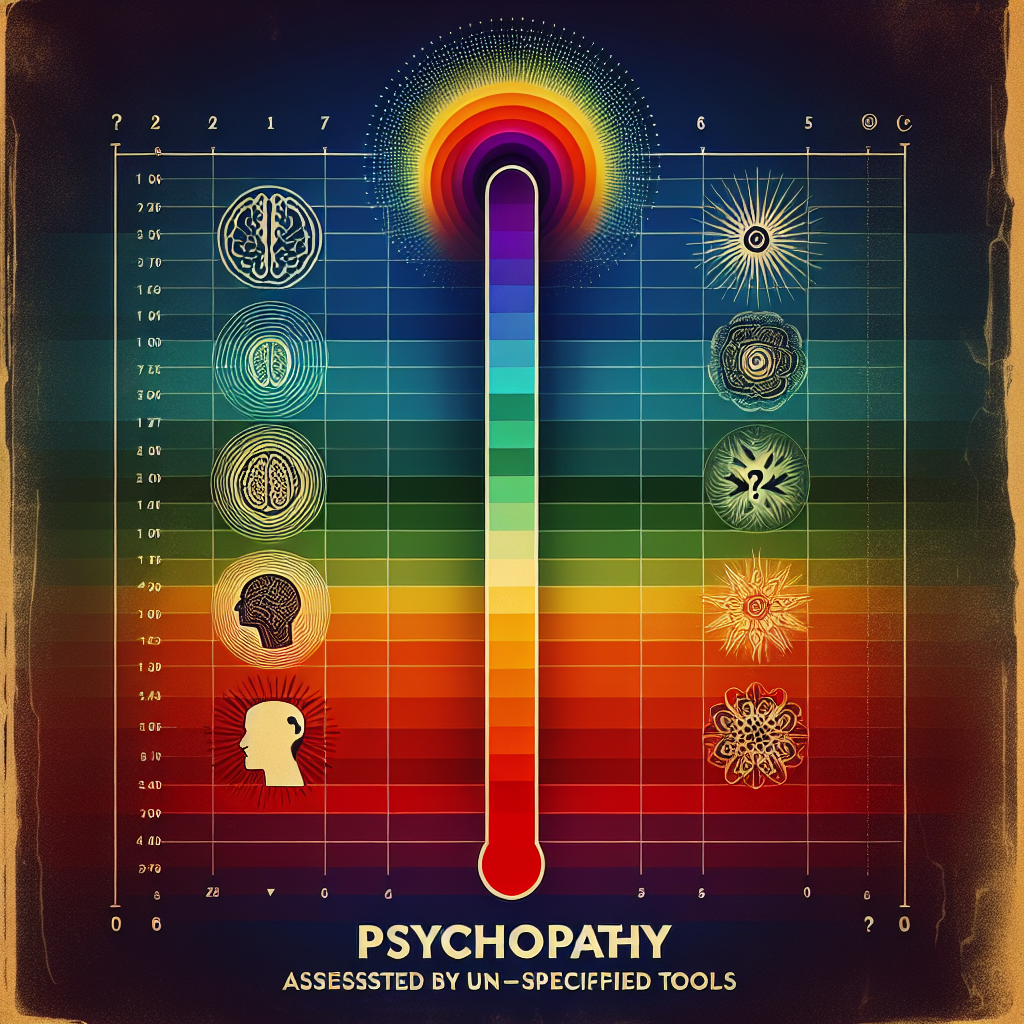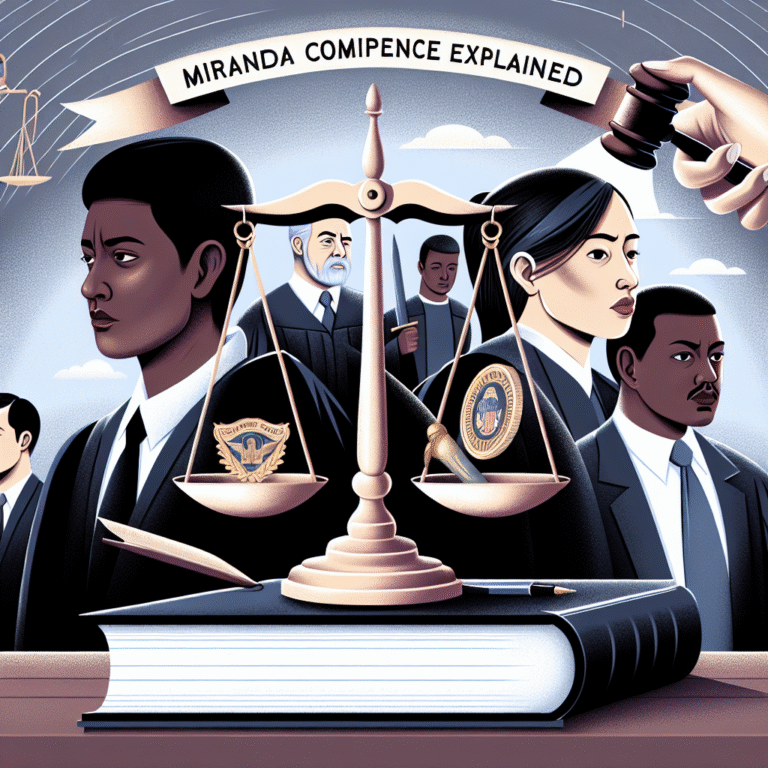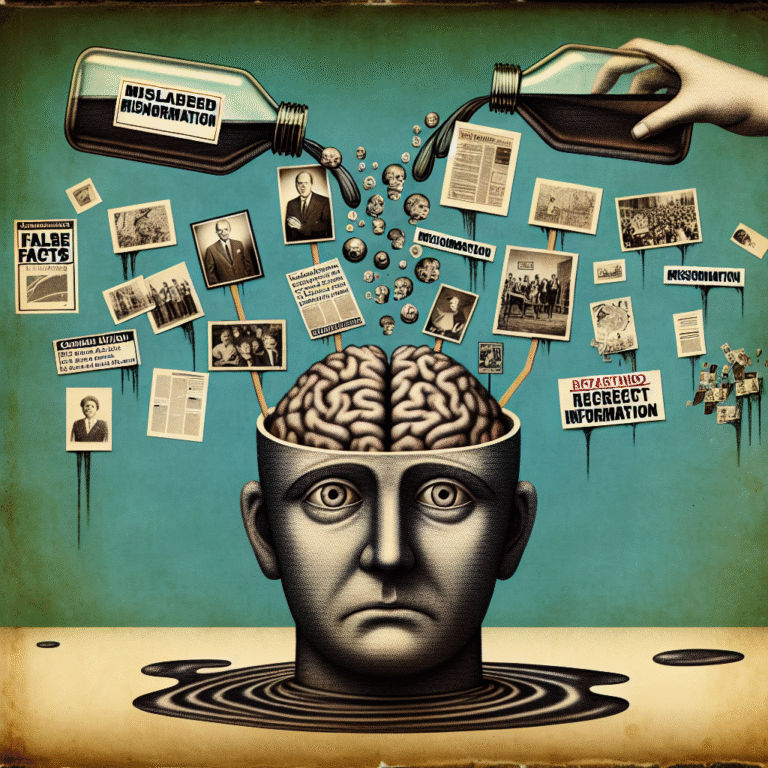
Introduction
Imagine walking through a bustling street, surrounded by everyday life—families enjoying ice cream, businesspeople darting to meetings, and a street musician strumming a cheerful tune. Now consider the shadowy corners of that same street, where some individuals might mask sinister intentions behind charming façades. This dichotomy begs us to understand the psychopathic spectrum—a complex array of traits and behaviors that reveal much about the human psyche.
The relevance of "The Psychopathic Spectrum: Exploring Variations in Assessment Outcomes" lies in its profound implications in criminal psychology, mental health, and interpersonal relationships. By diving deep into this topic, we can better grasp the nuances of psychopathy and its assessment, helping us differentiate between harmful behaviors and productive societal contributions.
Understanding the Psychopathic Spectrum
Defining Psychopathy
Psychopathy is characterized by a range of affective, interpersonal, and behavioral traits. Common features include lack of empathy, superficial charm, manipulativeness, and impulsivity. Notably, psychopathy exists on a spectrum, meaning not every individual who displays these characteristics meets the clinical diagnosis of a psychopath.
Why the Spectrum Matters
The psychopathic spectrum is essential for professionals in psychology, law enforcement, and even the corporate world. Individuals at different points on the spectrum may exhibit varying behavioral traits and risk levels, underscoring the need for tailored assessments in different contexts.
The Role of Assessment
Assessing psychopathic traits typically relies on standardized measures such as the Hare Psychopathy Checklist-Revised (PCL-R), which scores individuals on specific traits. However, results can vary significantly based on factors such as the testing environment, the examiner’s biases, and the individual’s willingness to engage in the assessment process.
Variations in Assessment Outcomes
The Impact of Background
Case Study: The Business Executive
Consider a successful business executive who scores high on psychopathy assessments. While his charm and ruthlessness drive success, they also raise ethical concerns. His ability to manipulate can lead to significant consequences for employees and stakeholders alike, showcasing how high scores on assessments may not always align with socially harmful behaviors.
Analysis: Although this executive’s traits could classify him as displaying psychopathic behavior, the context—his professional achievements—means he might not fit the stereotype of a criminal psychopath.
Environmental Influences
Case Study: The Troubled Adolescent
In contrast, a teenager from a troubled background may exhibit similar psychopathic traits but has different influences shaping their behavior. Rising up in a dysfunctional environment, their expressions of psychopathy could manifest more as defense mechanisms than inherent personality flaws.
Analysis: This case illustrates how environmental factors can significantly alter assessment outcomes. The adolescent may score high on psychopathic traits due to behavioral responses shaped by trauma rather than genuine psychopathy.
Variations Across Cultures
Cultural Perceptions of Psychopathy
The interpretation of psychopathy—and the subsequent assessment outcomes—can differ remarkably across cultures. Some societies may prize competitiveness and assertiveness, potentially misunderstanding psychopathic traits as leadership qualities.
Case Study: Leadership in Different Cultures
A cross-cultural comparison of business leaders might yield varied psychopathy assessment results. For instance, an American leader who is assertive and insensitive might score high on psychopathy, while a similar leader in a collectivist culture might not be viewed through the same lens.
Analysis: Cultural contexts are pivotal; they can either obscure or highlight psychopathy, affecting assessment reliability and validity.
The Psychology of Assessment
Subjective vs. Objective Measurements
Assessments often combine subjective and objective measures, leading to possible inconsistencies. Subjective interpretations may introduce biases, while a solely objective approach may miss important nuances in a person’s behavior and environment.
The Need for Standardization
Standardizing assessment protocols can help bridge the variability in outcomes. Yet, even standardized instruments can produce diverse results based on contextual variables.
Table 1: Common Assessment Tools and Their Limitations
| Assessment Tool | Description | Limitations |
|---|---|---|
| PCL-R | A checklist assessing psychopathic traits | Subjective scoring can lead to bias |
| PPI (Psychopathic Personality Inventory) | Focuses on subclinical traits | May miss extreme behavior manifestations |
| SRP-III (Self-Report Psychopathy Scale) | Self-reported measures | Depends on self-honesty of subjects |
Practical Applications of Assessment Outcomes
In Criminal Justice
Understanding variations in assessments can alter approaches in the legal system. For example, a person who presents with psychopathic traits but lacks prior convictions may be misjudged in risk assessments.
In Corporate Settings
Incorporating psychopathy assessments into hiring practices could mitigate risks. Companies might identify potential leaders with psychopathic traits while ensuring they possess ethical standards that align with corporate values.
In Therapeutic Contexts
Therapists can tailor their approaches based on assessment outcomes. Knowing where an individual stands on the psychopathic spectrum can help in devising suitable treatment plans—whether it be rehabilitation for criminal behavior or personal development strategies.
The Ethical Dilemma
Potential for Misuse of Assessments
The psychopathic spectrum raises ethical concerns about labeling individuals. Misapplication of assessment tools can lead to stigma and misuse, where individuals may be wrongfully diagnosed or treated as dangerous based solely on their scores.
Promoting a Balanced Approach
To combat potential misuses, mental health professionals must advocate for a balanced view—recognizing the spectrum, treating individuals humanely, and offering support aligned with their specific circumstances.
Conclusion
"The Psychopathic Spectrum: Exploring Variations in Assessment Outcomes" emphasizes the complex nature of human behavior and urges us to rethink our understanding of psychopathy. By recognizing the nuanced variations in assessment outcomes, we can foster a society that accurately identifies, addresses, and supports individuals across this spectrum.
The key takeaway? Psychopathy is not merely black and white, but a rich mosaic of human traits shaped by various factors. As we move forward, embracing this complexity can lead to more effective assessments, fairer treatments, and ultimately, a more compassionate society.
FAQs
1. What is psychopathy, and how is it different from sociopathy?
Psychopathy is characterized by a lack of empathy, guilt, and emotional depth, while sociopathy typically involves an inability to form attachments and impulsive behaviors. Both fall under the umbrella of antisocial personality disorder, but they differ in their manifestations.
2. Can someone with psychopathic traits be rehabilitated?
Yes, individuals with psychopathic traits can experience rehabilitation, especially when interventions are tailored and focus on developing empathy and emotional understanding.
3. Are psychopathy assessments purely objective?
No, most assessments combine both subjective and objective measures, which can lead to variability in outcomes depending on various factors including cultural context and examiner biases.
4. How should psychopathic assessments be used in the workplace?
In workplaces, psychopathy assessments should be used cautiously and ethically, focusing on identifying leadership qualities while ensuring alignment with organizational values and culture.
5. What is the role of environment in shaping psychopathic behavior?
Environmental factors such as upbringing, trauma, and societal norms play critical roles in shaping an individual’s behavior and can influence psychopathy expression and assessment outcomes.
In closing, embracing the diversity within the psychopathic spectrum not only enriches our understanding but also ensures the well-being of all members of society—making each insight from this exploration a step towards a healthier future.

















